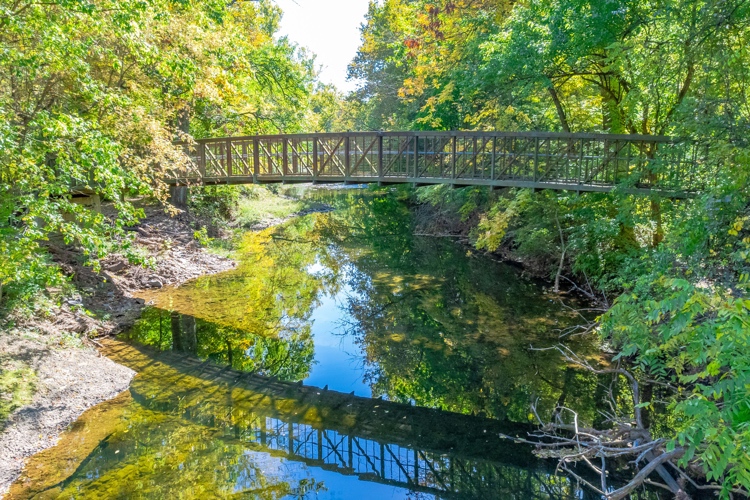Origin Story…
Ambler Borough encompasses less than one square mile of land (546 acres, to be exact), however, it was originally part of a vast territory that belonged to the Lenni Lenape tribe. The Lenape made the rolling hills and pristine creek of the Wissahickon Valley their home for thousands of years until a purchase agreement was made with William Penn in 1682. Penn quickly subdivided the land and sold a 408 acre tract to European settlers, William and George Harmer. The Harmer brothers named their land the Village of Wissahickon, which makes up most of present day Ambler Borough.
The Harmers were Quakers who came to Pennsylvania seeking religious freedom. Recognizing that the Wissahickon creek and its tributaries provided an ideal environment for farming and mills, the Harmer family quickly got to work cultivating the land and making Wissahickon their home. William Harmer (who became sole owner in 1716) established two mills; the first, a grist mill called Plumley Mill, followed by Fulling Mill. These mills provided textiles to those near and settlers coming from afar. Harmer also played a critical role in bringing in the first road for public travel (1730), Mt Pleasant Avenue, which is still in use today.
Harmer pioneered the milling industry in Wissahickon Village and others quickly followed suit. A total of nine mills were built and operated within the village over a span of almost 200 years. A few of the mills are known to have ties to both the Revolutionary and Civil Wars. I’ve compiled a map showing the approximate location of these mills and some interesting facts about them, which can be seen here.
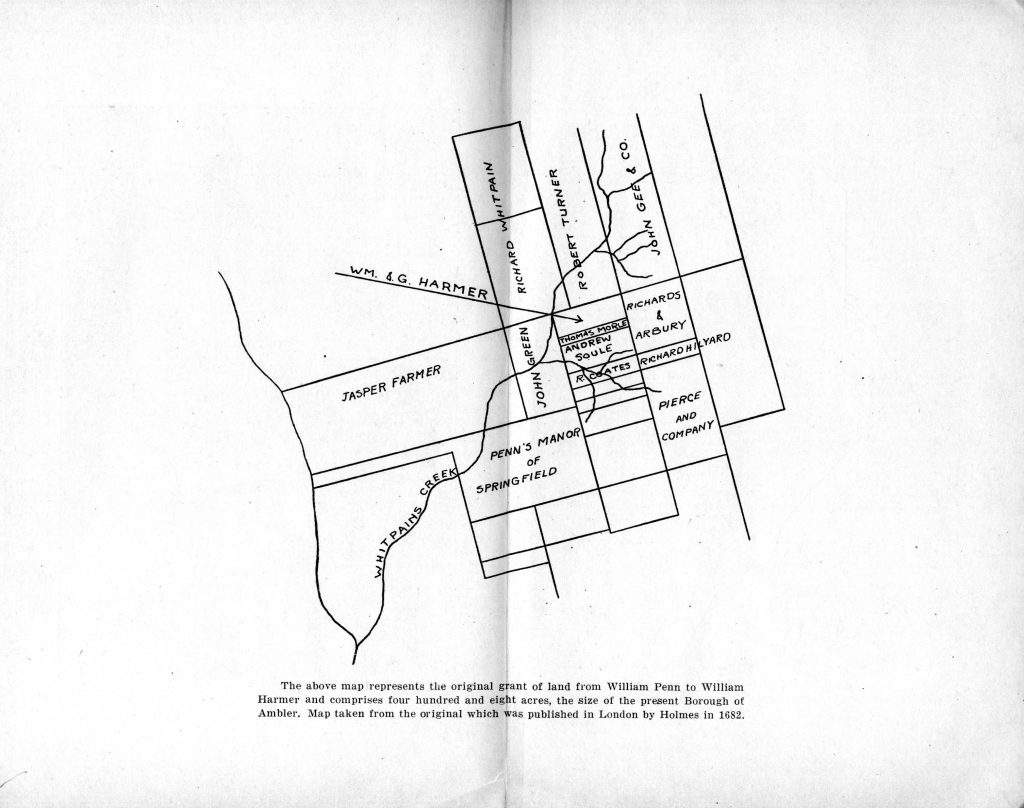
The above map represents the original grant of land from William Penn to William & George Harmer as was published in London by Holmes in 1682.
Rail Road comes to town…
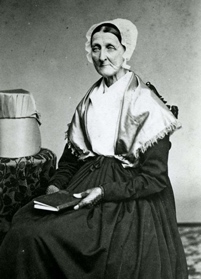 By 1855 the village was prominent enough for the North Pennsylvania Rail Road to build a rail system from Philadelphia and establish a station in Wissahickon.
By 1855 the village was prominent enough for the North Pennsylvania Rail Road to build a rail system from Philadelphia and establish a station in Wissahickon.
In the summer of 1856, north and southbound trains collided head on, between the Fort Washington and Camp Hill stations. Upon learning of the accident, Mary Ambler (owner of Fulling Mill at the time) gathered supplies, walked several miles to the site, and began facilitating rescue operations. She brought many wounded to her home on Main Street, turning it into a temporary hospital. The trains held 1,000+ passengers; more than 60 people were killed (most under the age of 20) and more than 100 were injured. At the time, this was the most disastrous train wreck in railroad history.
Mary Ambler became known far and wide due to her heroism and a year after her passing in 1868, railroad officials changed the name of Wissahickon Station to Ambler Station. The village and post office followed suit in 1888, formally changing the town name to Ambler and incorporating as a Borough.
While Ambler’s name endured, the mills did not, as the machine age arrived and water power was replaced by steam and electric. The once vibrant town now lacked industry and housed defunct mills, however, some saw opportunity in the decay…

Keasbey & Mattison Era…
In 1881, Henry G. Keasbey and Dr. Richard V. Mattison moved their manufacturing operations from Philadelphia to Ambler. Keasbey and Mattison Company manufactured patent medicines and asbestos building materials. Ambler offered exactly what K&M needed; access to the rail line, natural resources, and the start of a labor market. This move marked Ambler’s industrial renaissance and began the birth of a new era that would change the face of town. As K&M became established, Ambler’s economy surged and jobs became abundant. Mattison brought in laborers from outside of the area, many, stone masons from Maida, Italy, who constructed some 400 homes. These homes were not sold, but retained by Mattison and rented to his employees. The homes were specifically designed in tracts; the size and style of the home, depended on the position of the worker would who reside there. The homes spanned from simple in nature and smaller in stature, for the factory workers, to ornate and stately, for the executives. Many of these homes still stand today as living pieces of our history and can be seen on Mattison Avenue, Rosemary Avenue, South Spring Garden Street, Lemon Street, Orange Avenue, Trinity Avenue, Walnut Street, South Chestnut Street, Church Street (both Upper Dublin and Ambler sections), Trinity Place (K&M supervisor homes, Upper Dublin), and Lindenwold Terrance (K&M executive homes, Upper Dublin).
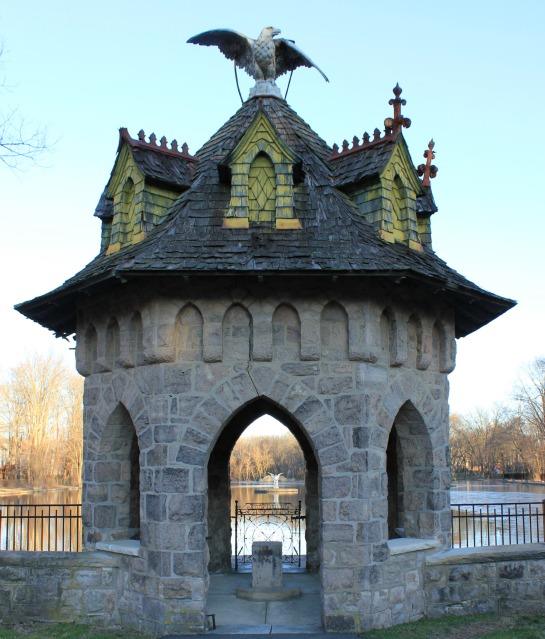
Mattison is also credited with building the Opera House (no longer in existence), Trinity Episcopal Church (built in memory of his daughter), as well as, bringing in natural gas, electricity, and an improved water system. Most famously, he established his personal estate, “Lindenwold”, a 400 acre estate which included two lakes, two gate houses, fountains, impressive statuary, and eventually the remodeled “castle” (a facade designed to mimic Windsor Castle). The “castle” can still be seen today, but brace yourself, as the property was sold to developers who surrounded the castle with new construction carriage homes and a senior living facility. Before the developers altered the property, I was able to tour the castle; photos from the 2012 tour can be seen here.
In 1929 Mattison was forced to buy out Keasbey and the Great Depression quickly ensued resulting in the collapse of Mattison’s fortune. In 1931 he was forced to leave his beloved Lindenwold and move into one of the executive homes (1 Lindenwold Terrrace, which still stands today as a seven unit multi-family residence). In 1934 K&M was sold to the British company, Turner & Newall Ltd. Mattison died two years later.
Despite changing hands a few times, the factory continued to produce asbestos in Ambler until 1987 when it was forced into bankruptcy due to mounting personal injury claims caused by exposure to asbestos. K&M left quite a legacy behind, as their company put Ambler on the global map, making it the Asbestos capital of the world. Not a moniker to be proud of, but not one to be denied.
Ambler’s Second Renaissance…
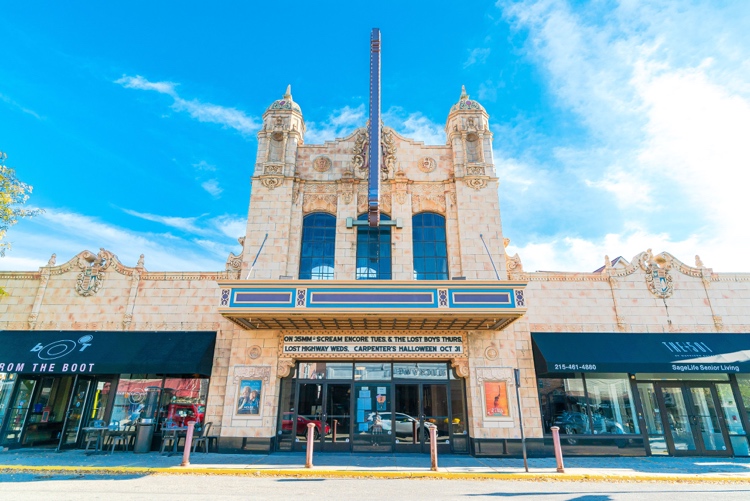
Ambler continued to thrive for many years until the malls came in and drew people away from the local, small businesses. In the late 80’s/early 90’s downtown Ambler was not a pretty sight, however, thanks to residents who believed in the town and business owners willing to take a risk, Ambler was once again reborn.
Many people think that Ambler’s second renaissance began with the Amber Theater, but the theater was not purchased until 2001 and did not reopen until 2003. I remember sitting in KC’s Alley the first week it opened in 1999, wondering if this new spot would make it? At the time, I thought owner, Kevin Clib, was the first to go out on a limb in Ambler, but apparently Steve Waxman broke the mold when he opened Trax Cafe in 1998. Sure, there were restaurants prior, and Ambler is far more than restaurants, but I believe that these two sparked what we have today. Ambler Main Street also played a huge part in the revitalization; armed with a motivated manager and hardworking volunteers, they were able to obtain funding and grants to help turn things around. And who could forget our wonderful mayor, Bud Wahl, the ultimate champion for Ambler ♥ It was a long, slow build to where we are now, but it paid off. I am extremely thankful to everyone who has invested their time, money, blood, sweat, and tears into our little town.

Today…
Today, Ambler continues to be a vibrant and thriving community. The train station, located at 4 West Butler Avenue, still serves as a vital connection to Philadelphia, making commutes a breeze. Our town has evolved into a cultural hub with a theater, playhouse, art installations, and multiple street festivals all in a bustling downtown filled with shops and restaurants.
Despite much innovation, evidence of the bygone era can still be seen throughout town. The most iconic properties are likely The Ambler Theater, The Wyndham Hotel (Gypsy Blu), The Ambler Gazette building (Ambler Cabaret), and last but not least, Keasbey and Mattison’s factory (The Ambler Boiler House). The factory was painstakingly renovated and restored, allowing many of the original components to be left in place, and transformed into LEED certified office space. The towering smokestack is a constant reminder of our history.
So, whether you’re walking along the Wissahickon Creek, exploring the historic homes on residential streets, or enjoying a meal at a local eatery, you will see that Ambler retains its small-town charm while embracing the future. Come visit and experience Ambler’s unique blend of history and innovation for yourself!



